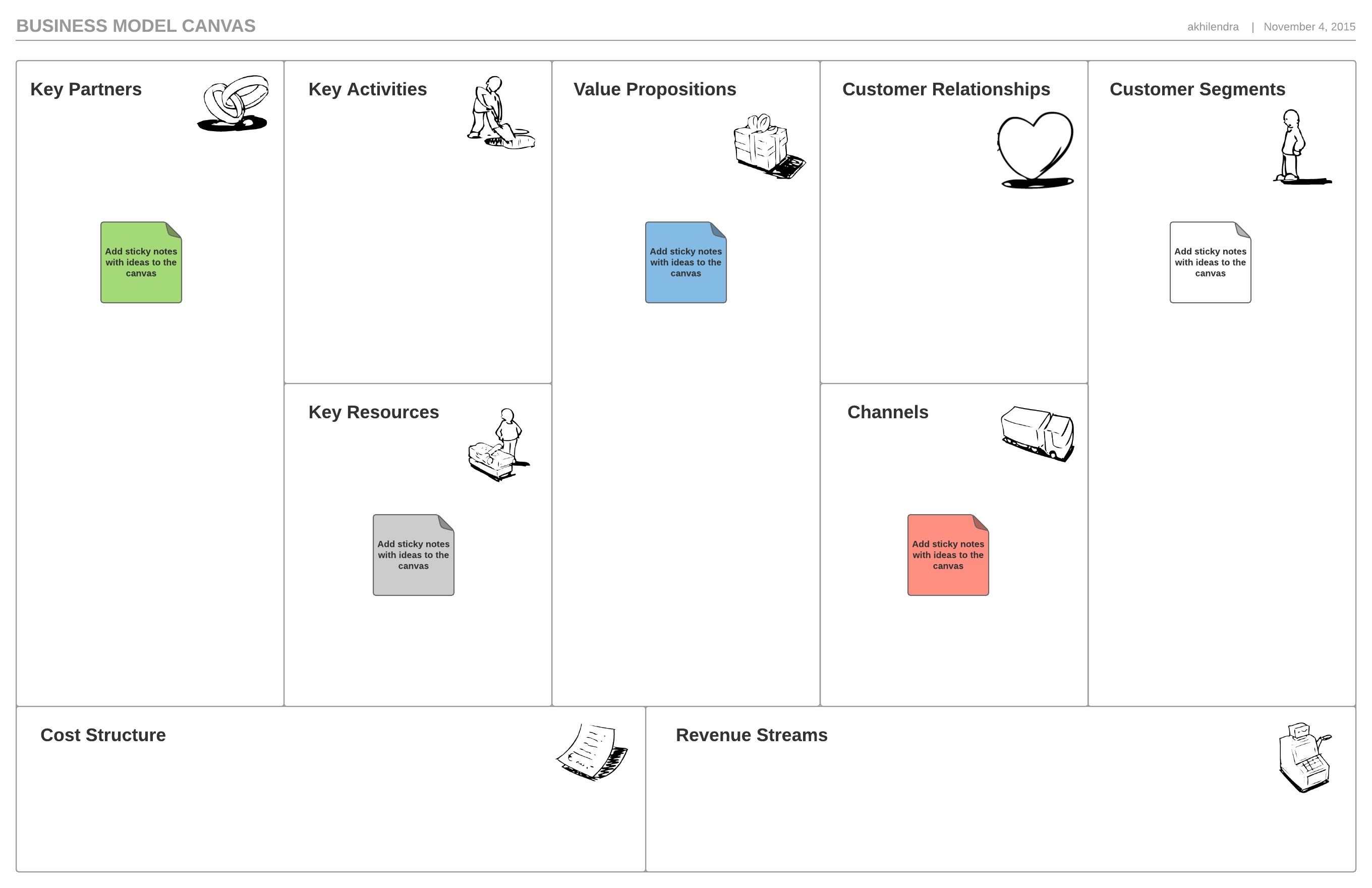November 6, 2015 by akhilendra
Techniques for Planning Business Analysis Approach
Start your
Free trial
Learn business analysis & Scrum agile with JIRA & Confluence. Create BRD, write user stories, build product backlog and learn much more about business analysis.
As mentioned in the last post where we talked about the overview of planning business analysis approach, there is nothing like a best or worst business analysis approach. You need to weigh pros and cons of each approach and decide the most appropriate business analysis approach for your project or organization.
There are three techniques which are used for planning business analysis approach;
- Decision Analysis
- Process Modelling
- Structured Walkthroughs
Decision Analysis
Decision Analysis is usually employed when you have multiple options and you need to zero down to the most appropriate one. It is usually done with complex projects.
Following factor should influence your choice when using decision analysis technique;
- Overall objective of the project like the value which you are trying to add
- Options of approaches available to you
- Risk and challenges for the given project or organization
- Outcome/Output of the each options
In decision analysis, you look at outcomes, risk and trade-offs which you may have to make to achieve your outcome.
Risk are usually uncertainties or dependencies which can influence your desired objective. For example, if a requirement or functionality is not signed off till a particular date, you will not able to meet the deadline or you need an approval from a party but you don’t need if approving party would be available to provide its approval till expected date.
At times, you will have to make trade-offs in order to achieve your target. There are two techniques which are used in trade-off;
- Elimination of dominated alternative
- Ranking Objective on a similar scale
Elimination of dominated alternative is a technique which is used to narrow down the list of available options. You eliminate the weaker options if you have a option which is providing better value than it. The one which is weak and eliminated is called dominated alternative in this case.
Trade-off & elimination of dominated alternatives, are well-known and established management strategic concept, if you need to learn more about it, click here.
Ranking Objective on a similar scale, as the term suggest, basically deals with scoring the various options and comparing final scores. You can rate the option on a common score and pick the winner.
At times, mathematical/financial techniques are used to assess the value like;
- Discounted cash flow
- Net present value
- Cost benefit analysis
Etc.
Idea is to evaluate the options, so you need to compare the options and select the best fit for you. While making these comparisons, decision tree is a good tool to do that.
Decision trees are like work flow diagrams, graphical representation of all the options and their possible consequences, expressed in terms of various scenarios where you display the consequence of each scenario. Decision Tree is a very useful techniques as it provides a framework for analyzing various options and their consequences.
You can clearly elaborate the problem, solutions and any associated outcomes with the use of decision tree. You can make an informed decision based on the output produced by your decision tree. To learn more about decision tree, click here.
Process Modelling
Process modelling is used to define the business analysis approach. As the term itself suggest, this approach is process oriented. Your business analysis approach is impacted by the process modelling. Processes can be manual or automated, a process is initiated by some event and then it has a work flow. In a complete process flow, you will have multiple activities taking place and various teams may come together to perform that.
Timing is a critical resource for most of the project today, IT or Non-IT. And if your project is influenced time, you can draw timeline based process models like Gantt or Critical Path Models (CPM ).
Some of the other widely used process modeling techniques include UML, used cases, BPMN etc.
To learn more about process modelling, click here.
Structured Walkthroughs
Structured Walkthroughs are used to validate the created or modified business analysis approach. Structured walkthroughs are basically like a brainstorming session where you present the documents with all the details to stakeholders, users etc and walk it through them. They provide feedback and suggestions, you modify it based on their suggestions and then they finally provide their sign off on it.
There are six types of stakeholders which you need to identify and work with them for walkthroughs;
- End users
- SME (subject matter expert)
- Project Manager
- Quality Analyst
- Regulator
- Sponsor
As mentioned earlier, you can always customize the approach or technique to come up with the best solution for your project or organization and combine various techniques and approaches.


https://www.facebook.com/app_scoped_user_id/1037815932922446">Raaja Anandhan - June 25, 2016 @ 10:36 am
Hi Akhilendra,
Simple and Precise write up about planning techniques for business analysis. Apart from this ideas, am using mindmap technique to develop my business. This is a great technique to use not only for business, we can use it for financial planing, building relationship, budget maintenance, family maintenance etc.
Anyway thanks for share akhil. Have a happy sunday.